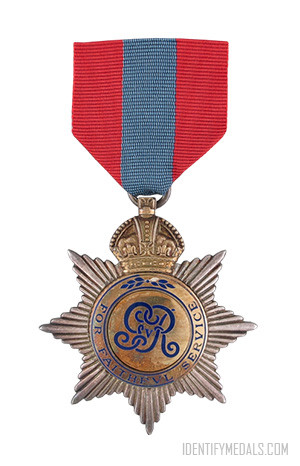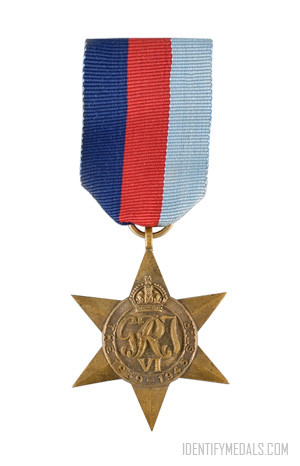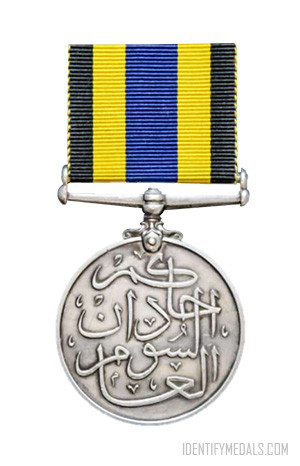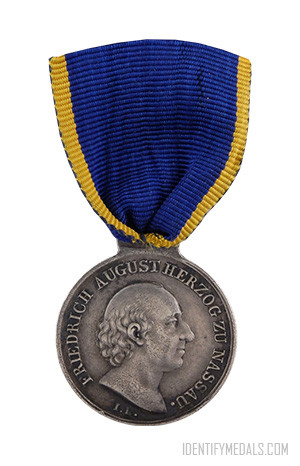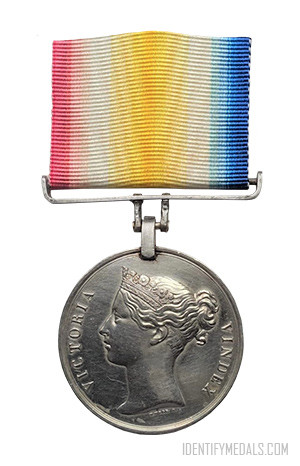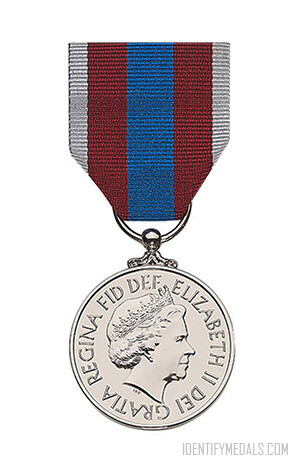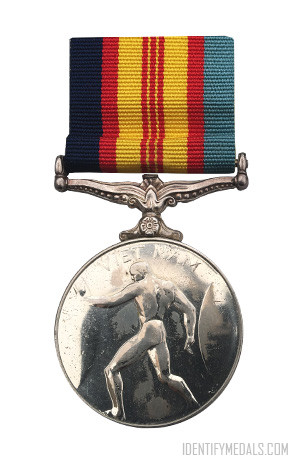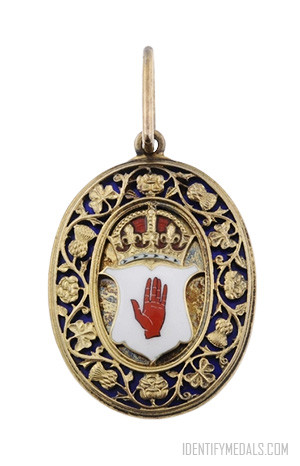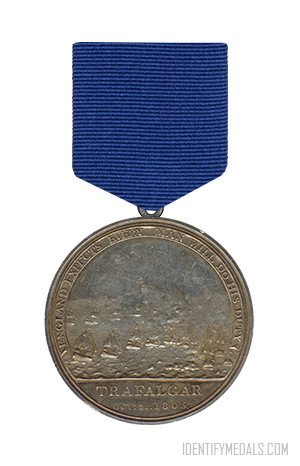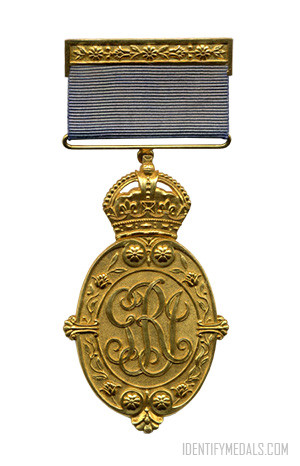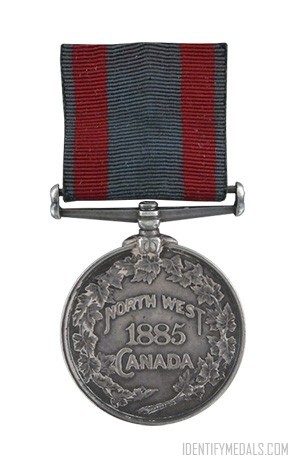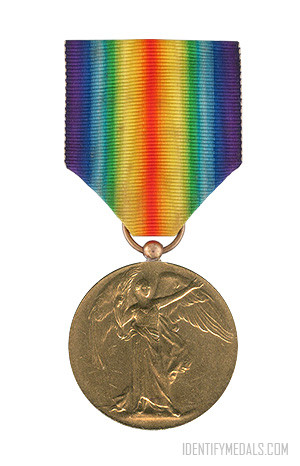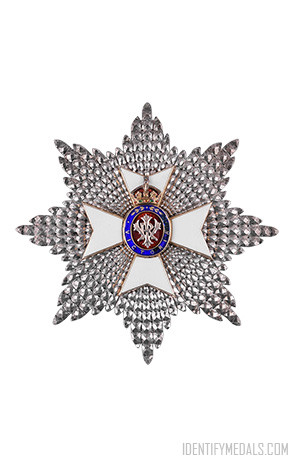- Time Period: Pre-WW1
- Year of Institution: August 1902
- Country: Great Britain
The Imperial Service Order is a decoration of Great Britain established by King Edward VII in August 1902 and awarded on retirement to the administration and clerical staff of the Civil Service throughout the British Empire for long and meritorious service.
A person must have served for 25 years at home, 20 years and 6 months in India and 16 years in the tropics to become eligible. In exceptional cases, awards were made for “eminently meritorious service” irrespective of the qualifying period.
There is one class: Companion. Both men and women are eligible, as women were admitted in 1908. and recipients of this order are entitled to use the post-nominal letters ‘ISO’. No awards have been made since 1995.
The Imperial Service Medal was instituted at the same time as the ISO but was intended for junior grades of the Civil Service.
The Imperial Service Order Design
The medal is struck in silver with gold overlay and measures 61 mm high and 55 mm wide.
The insignia of the order for men is an eight-pointed silver star, with the top ray obscured by a crown; the golden central medallion bore the cipher of the reigning monarch surrounded by the legend ‘For Faithful Service‘. The medal is suspended on a ribbon of crimson with a blue central stripe. The insignia for women is the same medallion as for men, surrounded by a silver laurel wreath and topped by a crown, suspended on a bow of crimson with a blue central stripe. The medal is struck in silver and bronze, circular and measures 32 mm. In 1920 it was transformed from a silver plaque into a circular medal with the sovereign’s effigy on the obverse, and a reverse depicting a naked man resting from his labors. The exergue reads “FOR FAITHFUL SERVICE”.
The ribbon measures 38 mm wide and has three equal sections of crimson, blue and crimson.
The George VI issue comes in two types: The early ones with GRI cypher, and the later with CVIR.

